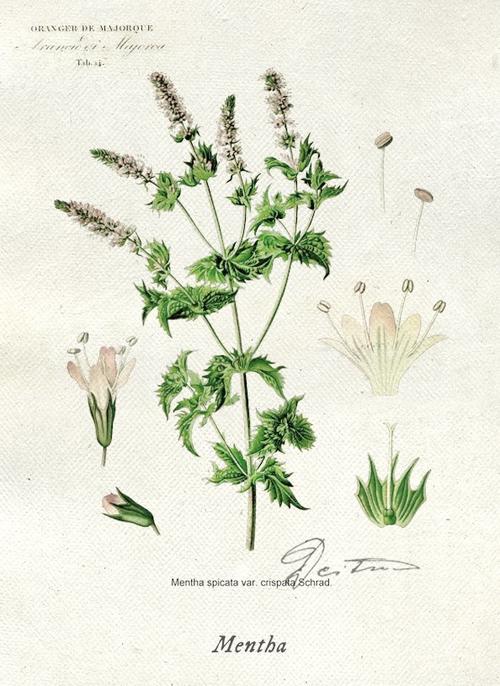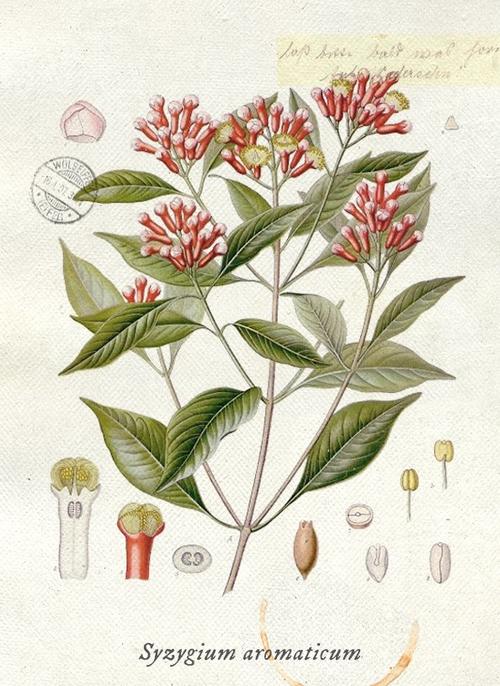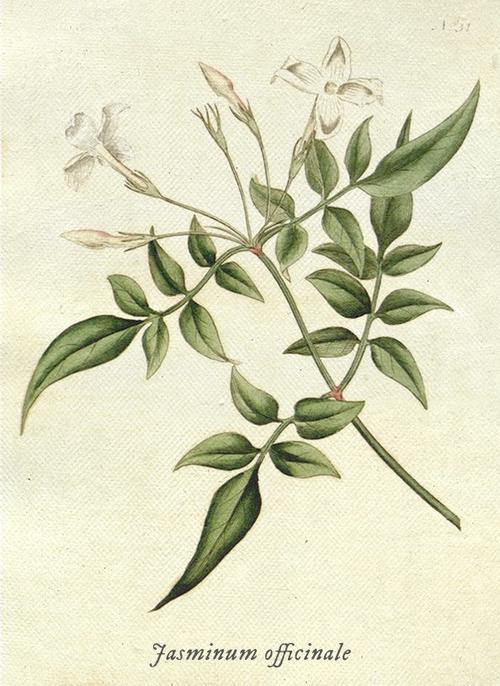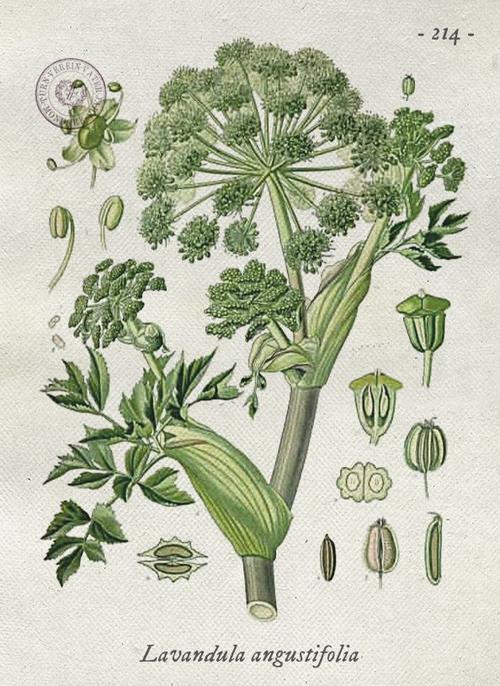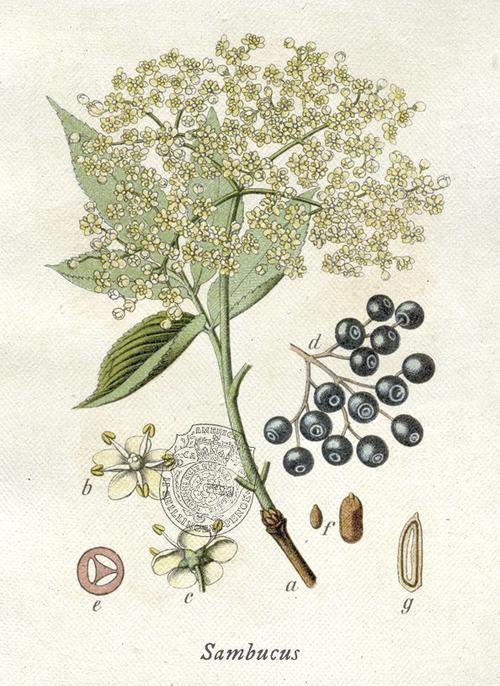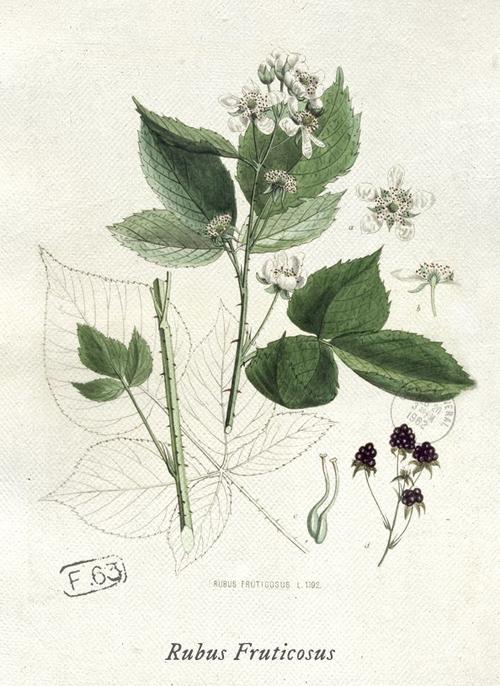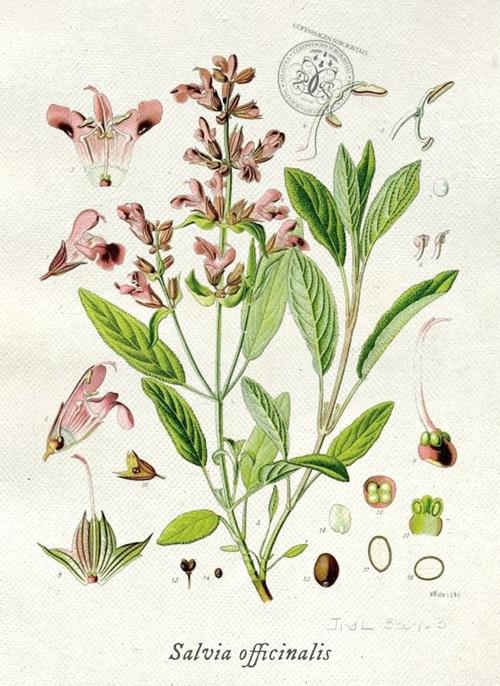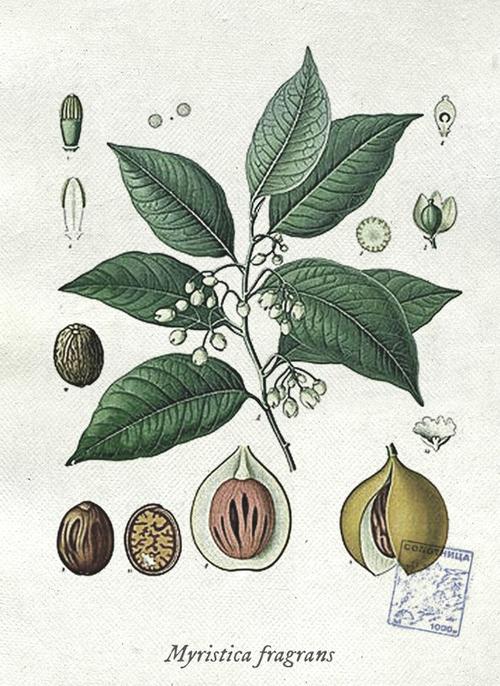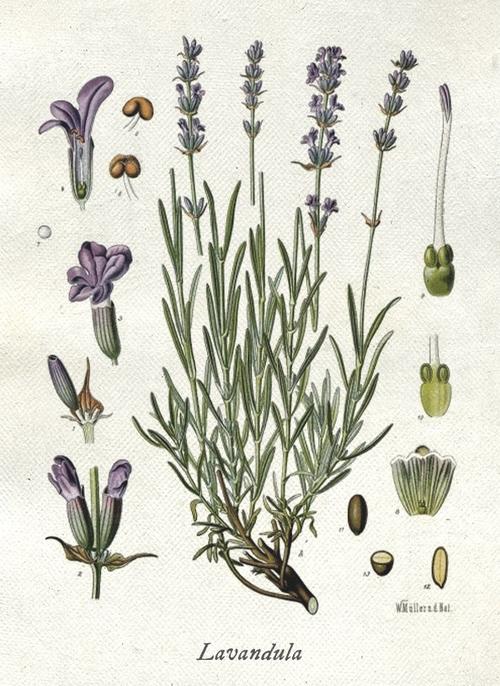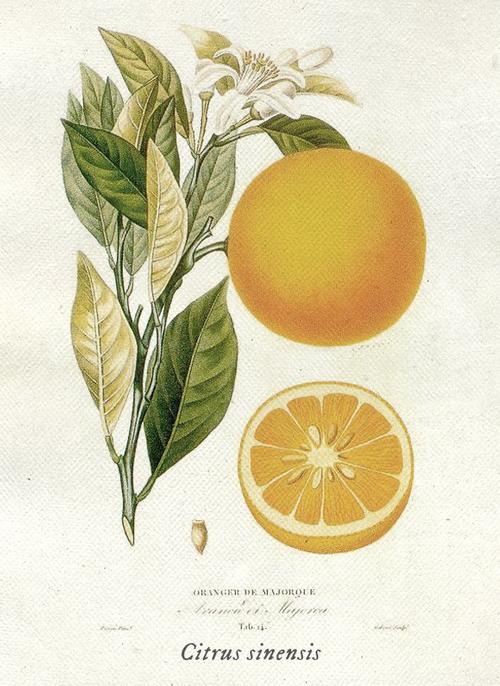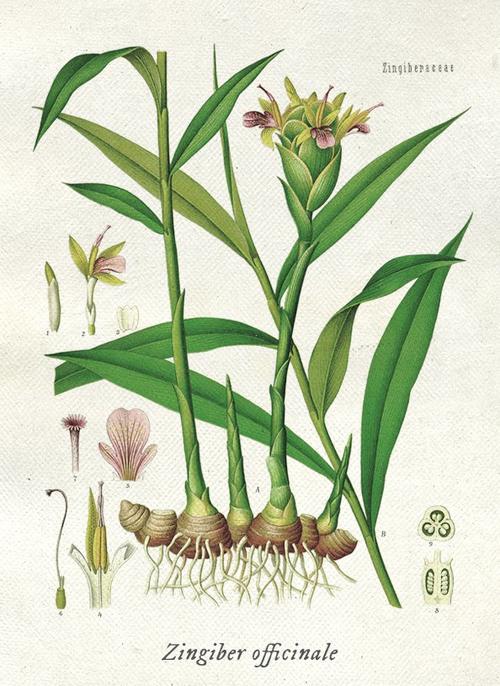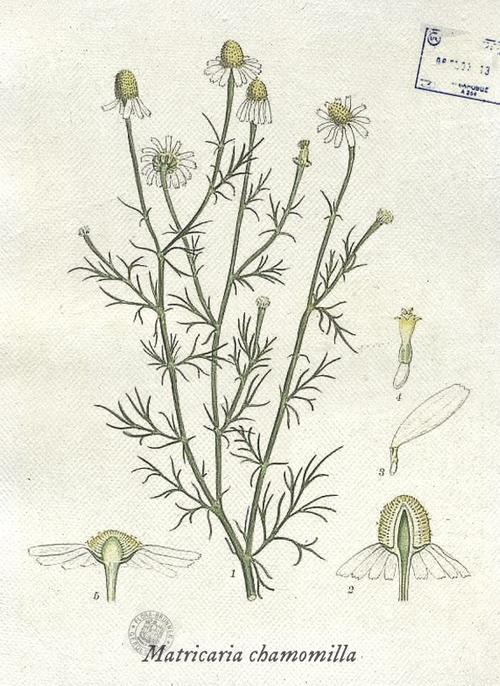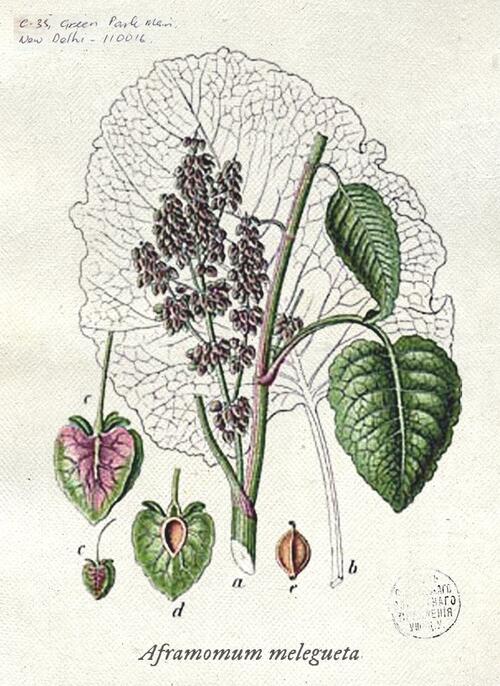Almond - Prunus dulcis
Health food, in a nutshell

As the term suggests, Prunus dulcis – more commonly known as the almond tree – belongs to the Prunus genus, which itself is part of the Rosaceae family. The tree’s edible seedling (or stone fruit) is the almond, which is scientifically proven to have a beneficial effect on the human body: Rich in vitamins B and E; minerals like calcium, magnesium, copper, and zinc; and vegetable proteins and fibre, almonds are very healthy and contain no cholesterol. In fact, research has shown that eating three or four servings of almonds each week can reduce the risk of a heart attack. This would likely have come as little surprise to Hildegard von Bingen (born 1098 A.D.), the most renowned advocate of cloister medicine, who was familiar with the almond’s curative properties.
Taking the form of deciduous trees or shrubs, Prunus dulcis can grow up to eight metres tall. Before developing leaves, it produces pale pink blossoms from March until April, along with bare pedicels that grow from up to four millimetres to 10 millimetres long at the point of maturity. The almond tree’s stone fruit, which is covered in a thick fuzz, ripens into the more familiar – and infinitely more delicious – seed from July to August.
Before celebrating all this new knowledge by diving face-first into a bowl of almonds, however, do remember: Raw bitter almonds are poisonous. The culpable ingredient, amygdalin, has claimed enough murder mystery victims already!



